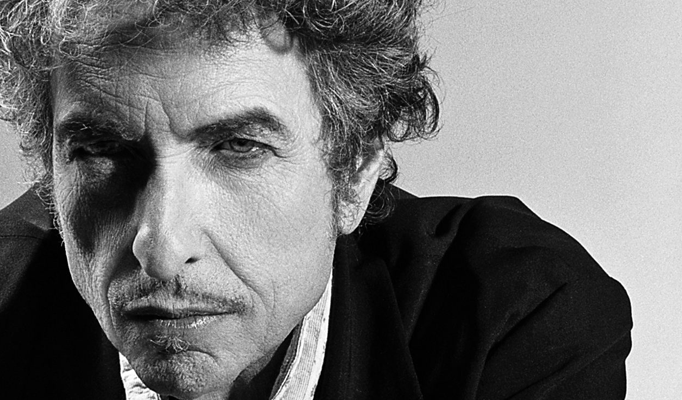
A look at Bob Dylan
One of the most romantic dates that my wife Janice and I go on is to the local library. We are both avid readers. When I become excited about a new book, I love to read out a section to Janice. Because she dearly loves me, she will usually put down her own book and give me some quality time. After a while, Janice will usually say: “Can I go back to reading my own novel because I am right in the middle of an exciting part?” One of my most exciting finds at the library was a new biography by Ian Bell, Once Upon a Time: the lives of Bob Dylan. The Financial Times describes this book as “the best Dylan biography yet.” I have been asking friends, neighbours, relatives and local business people as to what they think and know about Bob Dylan. I discovered that Dylan has had a remarkably long shelf life, appealing to a wide variety of very diverse people.
My favorite Dylan song is “Hey, Mr. Tambourine Man”. It seems no one can fully agree as to what Dylan means in his mysterious, playful lyrics. Hunter S. Thompson dedicated his book Fear and Loathing in Las Vegas to Bob Dylan because of this song allegedly promoting Mr. Tambourine Man as a drug pusher. But Dylan himself told Joni Mitchell’s husband Chuck that the Tambourine Man was the one common musician in the New Orleans funeral Jazz Bands that helped people grieve the death of their loved ones, and embrace their own mortality. I see Dylan as an enigmatic Tambourine Man who is playing songs for us in our jingle jangle world.
The Byrds’ version of this song convinced Dylan to switch to rock and roll. Like our Canadian Bruce Cockburn, Bob Dylan, now 74, is one of the most private, elusive public figures in the world. The grueling pace of touring and interacting with the media has destroyed many musicians over the years. Dylan often lost himself for a while in the midst of such media onslaught. As June Sawyers ironically put it in Book List, Dylan is an artist who, to this day, defends his right of “artistic autonomy, refusing to be anyone but himself, whoever that may be.” Michael Dyer of the Japan Times Newspaper has called Bob Dylan the single most important artist in the history of popular music.
What pains many of Dylan’s fans is that he keeps artistically reinventing himself again and again. Just when you have ‘figured’ Dylan out, he surprises you. The real Dylan is always blowing in the wind. When Dylan switched from folk to rock, he was publicly booed and called a ‘Judas’. When he embraced Jesus in the 1980s, many people walked out of Dylan’s concerts. Geoff Dyer of the New York Times commented: “The conversion to Christianity was the point at which I, like many others, first jumped ship, but again, bootleg recordings have since made clear that as a result of his newfound faith, Dylan rocked harder than he has ever done since.”
Some people have never been able to forgive Dylan for spiritually reinventing himself. After Dylan’s explicit spiritual trilogy of albums Slow Train Coming, Saved, and Shot of Love, he has become more parabolic and subtle in talking about his faith. Sometimes less is more. When I came to faith, some people dismissed my conversion as a phase that I would get over. My hunch is that Dylan’s coming to faith was more than just a phase. Back in 1976, The American Guide magazine asked Dylan how he imagined God. He memorably said: “I can see God in a daisy. I can see God at night in the wind and rain. I see Creation just about everywhere. The highest form of song is prayer. King David’s, Solomon’s, the wailing of a coyote, the rumble of the earth. It must be wonderful to be God. There’s so much going on out there that you can’t get to it all. It would take longer than forever.”
I am struck by how deeply African-American churches have embraced Dylan’s gospel music. Blues and Folk music have deep roots in the African-American community. While other people may have been offended by Dylan’s gospel music, African American churches have transformed these songs into large choir productions.
I thank God for Bob Dylan, the Tambourine Man who continues to fascinate so many of us. Through his evocative songs, he takes us “down the foggy ruins of time, far past the frozen leaves, the haunted, frightened trees, out to the windy beach.” There are few tougher callings than that of a travelling Tambourine Man.

Leave a Reply